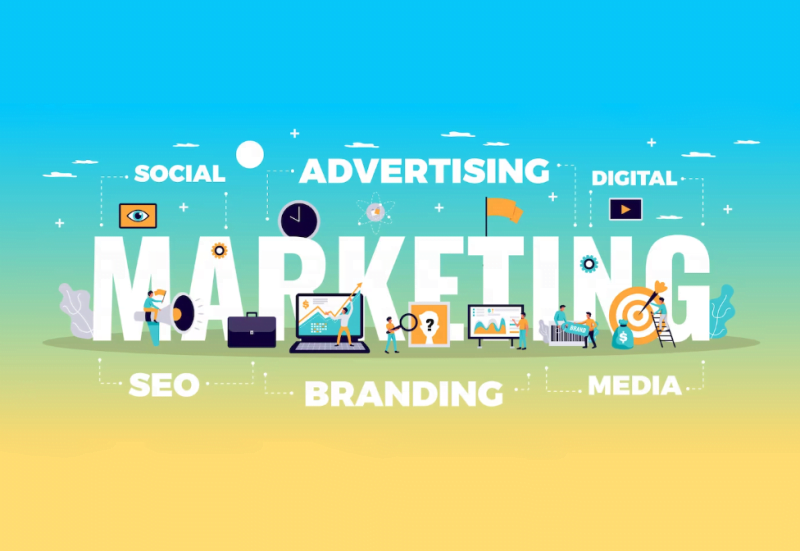In the ever-evolving landscape of marketing, strategies have become increasingly sophisticated to meet the diverse needs of consumers and the demands of the digital age. One such strategy that has gained prominence is “Through the Line” (TTL) marketing. TTL marketing represents a comprehensive approach that integrates both above-the-line (ATL) and below-the-line (BTL) techniques to create a seamless and engaging brand experience. In this article, we will explore what TTL marketing is, its key components, and why it’s a vital strategy for modern businesses.
Understanding Through the Line Marketing
Through the Line (TTL) marketing is a strategic approach that combines elements of both ATL and BTL marketing methods to establish a cohesive and synchronised brand presence. ATL marketing typically includes mass media channels like television, radio, and print advertising, while BTL marketing focuses on more personalized, targeted tactics such as email marketing, social media, and in-store promotions.
TTL marketing takes a holistic view of marketing efforts, ensuring that both mass communication and personalized interaction work together seamlessly. This integrated approach aims to create a consistent brand identity and enhance customer engagement at every touchpoint.
Key Components of TTL Marketing
Above-the-Line (ATL) Components:
- Mass Media Advertising: This includes television, radio, and print advertisements. These channels help build brand awareness on a large scale.
- Public Relations (PR): Effective PR campaigns can generate media coverage and enhance a brand’s reputation.
- Sponsorships and Events: Participation in events or sponsoring them can provide a platform for exposure and engagement.
Below-the-Line (BTL) Components:
- Digital Marketing: Activities such as email marketing, social media marketing, and content marketing can help nurture leads and build relationships.
- Experiential Marketing: Interactive events, product demonstrations, and experiential activations allow consumers to connect with the brand on a personal level.
- Direct Marketing: Personalized communication via direct mail, SMS, or email can engage consumers individually.
Integration and Consistency: A critical aspect of TTL marketing is ensuring that all marketing efforts align with the brand’s core message and values. Consistency across ATL and BTL channels reinforces the brand’s identity.
Data Analytics: TTL marketing leverages data analytics to measure the effectiveness of various channels and make data-driven decisions for optimization.
Why TTL Marketing Matters
Enhanced Brand Consistency: TTL marketing ensures that a brand’s message and identity remain consistent across all channels. This consistency builds trust and recognition among consumers.
Targeted Engagement: By integrating BTL tactics, TTL marketing allows for personalized communication with consumers. This enables brands to target specific demographics and tailor their messaging accordingly.
Comprehensive Insights: The use of data analytics in TTL marketing provides valuable insights into consumer behavior, allowing for real-time adjustments to marketing strategies.
Maximising Reach: By combining ATL and BTL elements, TTL marketing broadens a brand’s reach, capturing both mass audiences and niche markets.
Adapting to Changing Consumer Behavior: With consumers accessing information through various channels, TTL marketing adapts to evolving behaviors and preferences, ensuring brands stay relevant.
Building Relationships: TTL marketing fosters long-term relationships with consumers through personalised interactions, ultimately leading to brand loyalty and advocacy.
In the fast-paced world of marketing, Through the Line (TTL) marketing stands out as an effective strategy to bridge the gap between above-the-line and below-the-line techniques. It empowers businesses to create a cohesive brand experience, maintain consistency, and engage with consumers in a targeted and personalized manner. As consumer behavior continues to evolve, TTL marketing remains a vital tool for businesses aiming to adapt and thrive in the ever-changing marketing landscape. By integrating both ATL and BTL components, TTL marketing paves the way for holistic brand engagement and sustainable success.


